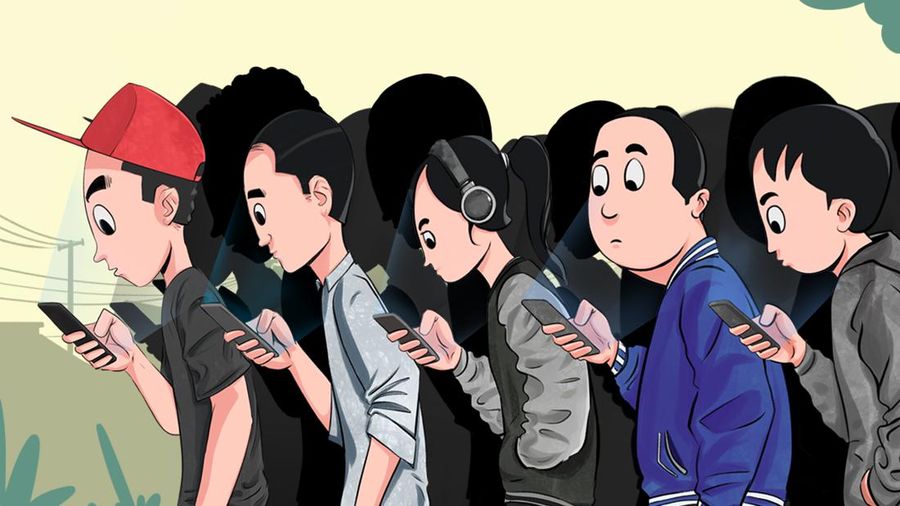When ChatGPT emerged as a breakthrough AI tool in late 2022, it quickly became the focal point for industries eager to streamline operations. Anurag Garg, founder of Everest PR, a public relations agency with a team of 11, was among those captivated by AI’s potential. Seeing ChatGPT as a powerful way to remain competitive, Garg encouraged his team to integrate the technology into their daily routines. From brainstorming story ideas for clients to drafting media pitches and even transcribing meeting notes, AI was expected to simplify operations. Yet, rather than providing relief, AI integration introduced new stresses that many on his team were unprepared for.
Despite the promise of enhanced productivity, the reality was different. The use of ChatGPT, initially intended to expedite tasks, instead slowed the team’s progress. Employees quickly realized that creating prompts for the AI tool required significant effort, and checking the results for accuracy often led to more work. Mistakes were frequent, and every time the platform updated, it required learning new features, adding further delays. “There were too many distractions,” Garg recalled. “The team found themselves spending twice as long on tasks because they were forced to use AI tools that didn’t always work as expected.”
This disconnect between the potential of AI and its practical use created friction within the company. What had started as a way to reduce workloads was making day-to-day operations more complicated. Productivity dropped, and the staff’s frustration grew as tasks that were once straightforward now required constant back-and-forth between human judgment and AI output. It became clear that the implementation of AI was not the productivity booster they had anticipated; instead, it was contributing to feelings of burnout.
Garg himself was not immune to the pressure. As the head of the agency, he too was tasked with keeping up with the growing number of AI tools on the market. Beyond ChatGPT, he incorporated Zapier for task management and Perplexity for research. However, the proliferation of AI tools added another layer of complexity. “There’s an overflow of AI tools in the market, and no single tool solves multiple problems,” Garg explained. “I found myself constantly tracking which tool was supposed to do what, and it became a mess. The pressure to keep up with AI developments was overwhelming.”
This overflow of AI tools became a double-edged sword, offering the promise of efficiency while adding complexity. For many, this led to a familiar cycle: the more AI tools they adopted, the more work they found themselves managing. The complexity and pace of AI development meant that there was always a learning curve to stay relevant, and this constant pressure to adapt created feelings of frustration and fatigue.
In response to the mounting stress, Garg ultimately scaled back his approach. He decided to use AI tools only where they added clear value, particularly in research tasks, while allowing employees to rely on traditional methods for other tasks. “It was a learning phase for us,” Garg noted. “We’ve reduced our reliance on AI, and now the work is more manageable. The team is more engaged, and overall, it’s a much healthier work environment.”
This experience reflects a broader challenge that many companies face as they integrate AI into their operations. Recent studies suggest that while executives remain optimistic about AI’s potential, employees are struggling to adjust. A survey conducted by Upwork revealed that 96% of executives believed AI would increase overall productivity. However, a staggering 77% of employees felt that AI tools were having the opposite effect, adding to their workload rather than reducing it. Many employees reported that they were unsure how to meet the increased productivity demands that came with AI integration, resulting in heightened stress.
The pressures are particularly pronounced among younger workers. A separate survey by Resume Now found that 87% of workers under 25 believed AI would increase the likelihood of burnout. This sentiment was echoed by many respondents who felt that the introduction of AI was blurring the boundaries between work and personal time, negatively impacting work-life balance. Nearly half of those surveyed expressed concerns that AI was not reducing their workloads but was instead making their jobs more complicated.
One of the primary challenges facing companies today is the proliferation of tools that employees are expected to manage. A report from Asana, a popular work management platform, underscores this issue. Of the 9,600 workers surveyed across various countries, those who used multiple apps at work reported feeling overwhelmed by notifications and distractions. In fact, employees using six to 15 different apps often missed important messages, while those using 16 or more apps noted a significant decrease in their efficiency. The constant switching between tools was taking a toll on their ability to focus, making it difficult to maintain productivity.
This growing complexity has not gone unnoticed in industries where efficiency and accuracy are paramount. In the legal sector, the introduction of AI tools is creating its own set of challenges. Leah Steele, a lawyer turned burnout coach, has witnessed firsthand how AI tools have increased pressure on legal professionals. “There’s a push to do more with less,” Steele explained. “Law firms are adopting AI to streamline processes, but they’re not considering the impact this has on their employees.” Steele’s own experience with AI saw her caseload increase fivefold, from 50 to 250 clients, after a new AI system was introduced in her previous role. The stress became overwhelming, leading her to pivot her career and help others avoid burnout.
For many lawyers, AI is changing the nature of their work. While routine tasks can be automated, the shift away from personal interaction with clients is eroding some of the job’s most rewarding aspects. “People become lawyers to make a difference,” Steele said, “but when technology takes over, you can feel disconnected from the work that initially inspired you.” The fear of job displacement further adds to this stress, as AI continues to automate functions once handled by humans.
The Law Society of England and Wales has also acknowledged the challenges posed by AI integration. Richard Atkinson, the society’s president, emphasized the need for legal professionals to receive proper support as they adapt to new technologies. “AI can make legal work more efficient, but it also creates new tasks for lawyers, particularly when it comes to learning how to use these tools,” Atkinson said. “Many of these technologies weren’t designed specifically for the legal sector, which adds to the learning curve.”
However, not all industries view AI as a source of stress. For smaller businesses and startups, AI offers immense potential. Alicia Navarro, founder of Flown, a platform designed to help individuals focus on deep work, argues that AI can be a game-changer for resource-constrained companies. “AI can be incredibly empowering for startups,” Navarro explained. “It allows smaller teams to achieve more and operate more efficiently, but only if it’s used correctly.” For companies with limited resources, AI can provide the leverage needed to compete on a larger scale.
The introduction of AI into the workplace is undoubtedly transforming how we work, but its long-term impact remains unclear. Companies will need to strike a delicate balance between leveraging the advantages of AI and protecting their employees from the unintended consequences of burnout and stress. For now, AI stands as both a tool of great promise and a source of growing concern.






